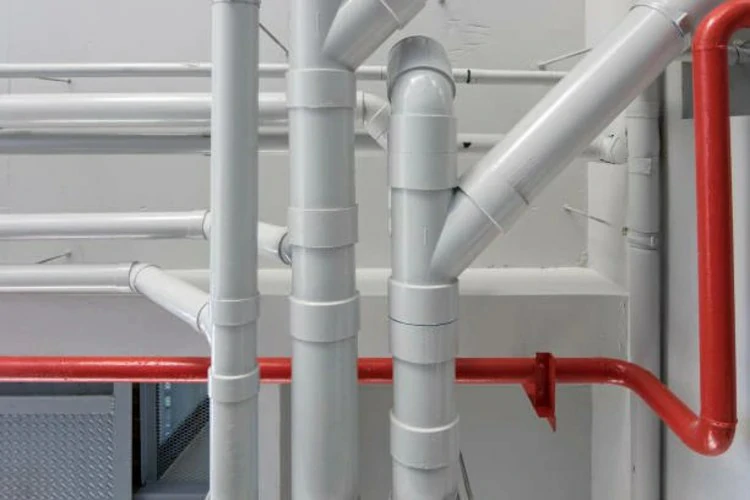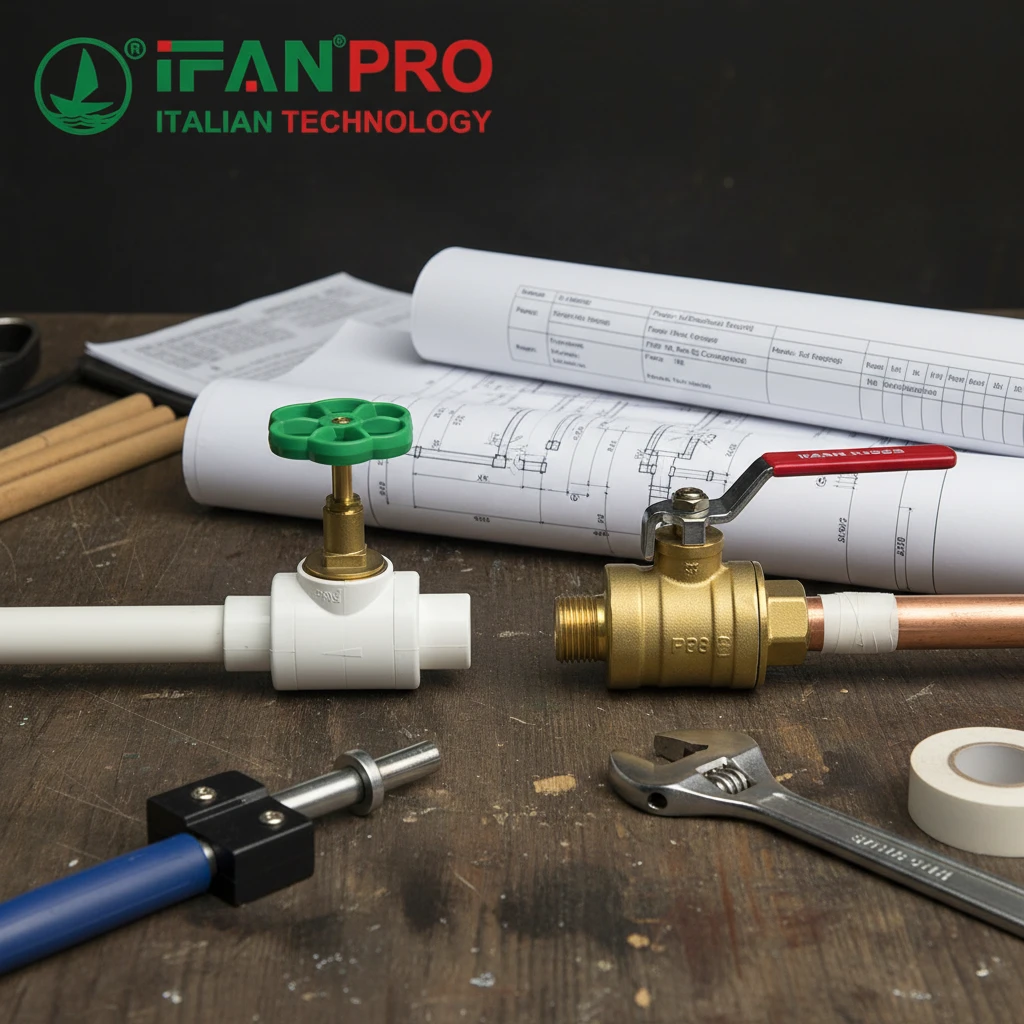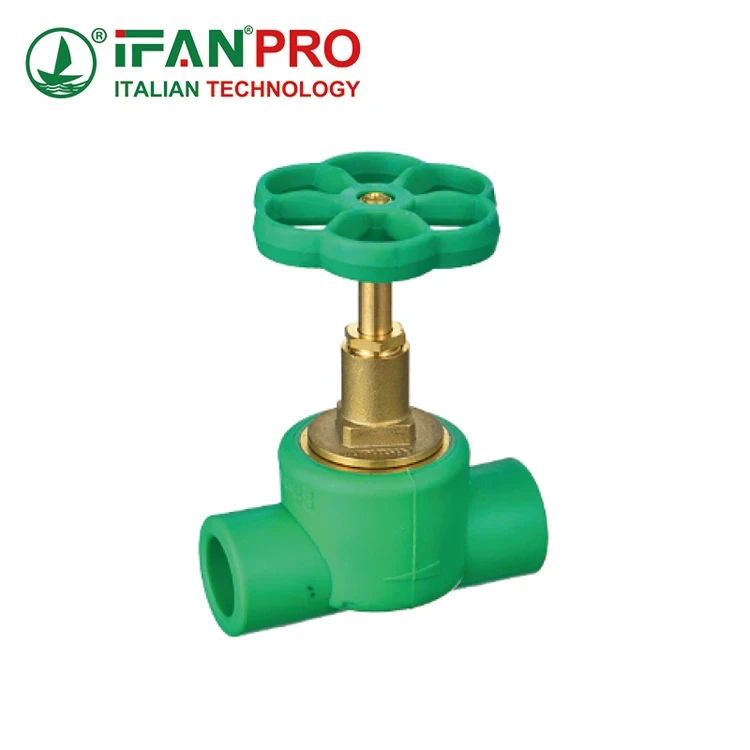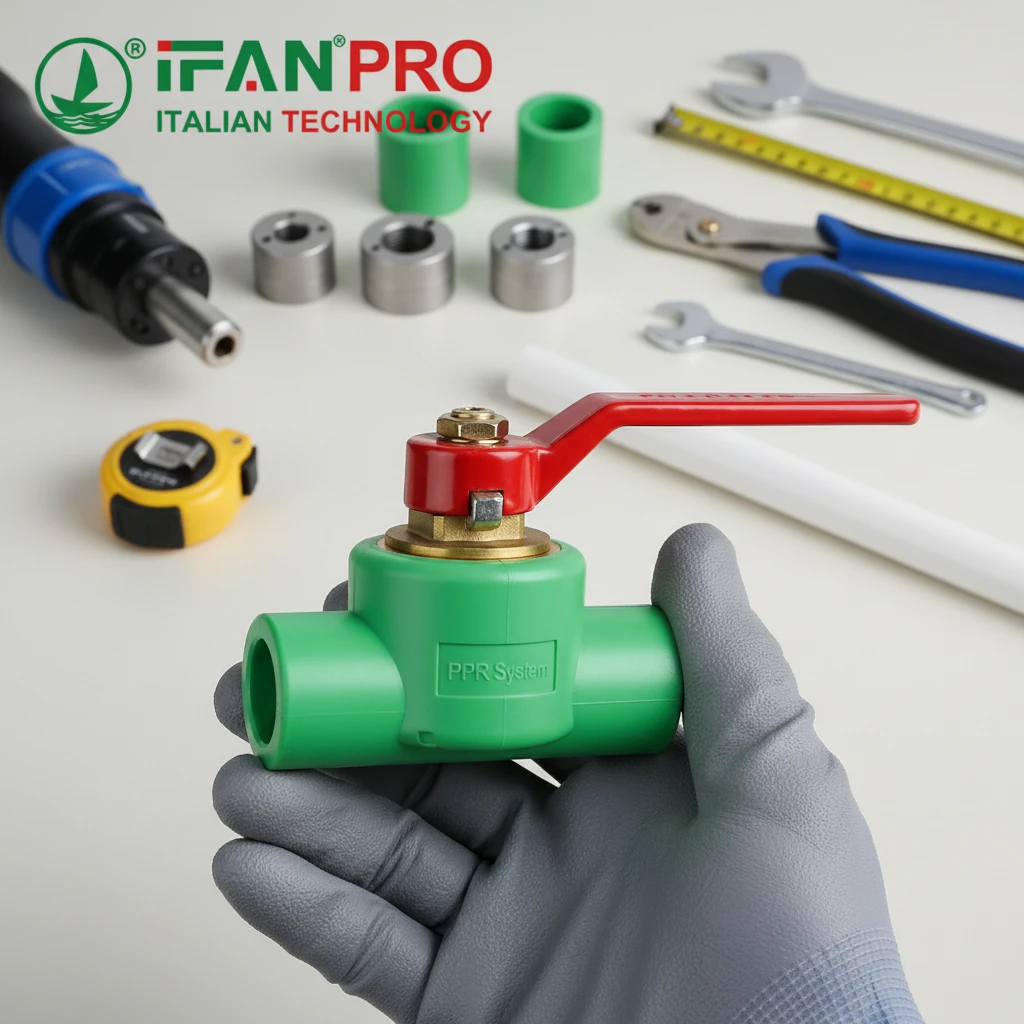Installing PVC pipes requires careful planning, proper tools, and precise execution to ensure a successful outcome. In this comprehensive guide, we’ll walk you through the step-by-step process of installing PVC pipes for various applications.
1. Preparation and Planning
Assess the Site: Before starting the installation, assess the site to determine the layout, dimensions, and any potential obstacles that may affect the pipe’s route.
Gather Materials and Tools: Gather all the necessary materials and tools required for the installation, including PVC pipes, fittings, primer, cement, measuring tape, saw, and deburring tool.
Safety Precautions: Ensure you wear appropriate safety gear, including gloves and safety glasses, to protect yourself during the installation process.
2. Pipe Cutting and Preparation
Measure and Mark: Measure and mark the PVC pipe according to the required length using a measuring tape and marker. Double-check the measurements to ensure accuracy.
Cutting the Pipe: Use a PVC pipe cutter or hacksaw to cut the pipe along the marked line. Ensure the cut is straight and clean to facilitate proper fitting and sealing.
Deburring: After cutting, use a deburring tool to remove any rough edges or burrs from the cut ends of the pipe. Smooth edges will ensure a proper seal when connecting fittings.
3. Assembly and Connection
Dry Fitting: Before applying cement, dry-fit the pipes and fittings together to ensure they align correctly and fit snugly. Make any necessary adjustments as needed.
Priming and Cementing: Once satisfied with the fit, disassemble the pipes and fittings and apply PVC primer to the outside of the pipe and inside of the fitting. Then, apply PVC cement to both surfaces and quickly join them together, twisting slightly to ensure a proper bond.
Hold and Cure: Hold the joint in place for a few seconds to allow the cement to set. Avoid disturbing the joint until the cement has fully cured, as per the manufacturer’s instructions.
4. Testing and Inspection
Pressure Test: After completing the installation, conduct a pressure test to ensure there are no leaks in the system. Pressurize the system to the recommended pressure and inspect all joints and connections for any signs of leakage.
Final Inspection: Once the pressure test is successful, visually inspect the entire installation to ensure it meets the required standards and regulations. Make any necessary adjustments or corrections as needed.
Backfilling and Covering: After passing the inspection, backfill the trench or area where the pipes are installed and cover them with soil or other suitable materials to protect them from damage and exposure.
Заключение
By following these step-by-step instructions, you can successfully install PVC pipes for various plumbing, irrigation, and drainage applications. Proper installation is essential to ensure the longevity, efficiency, and reliability of the PVC piping system. If you’re unsure about any aspect of the installation process, consult with a professional plumber or contractor for assistance.
ИФАН является китайским производителем пластиковых труб, фитингов и клапанов с 30-летним опытом работы. Если вы заинтересованы в ИФАН медные фитинги, медные клапаны, пластиковые трубы и фитинги, пожалуйста, свяжитесь с нами. ИФАН предлагает вам разнообразные стандартные трубы для удовлетворения ваших конкретных потребностей. Нажмите ниже, чтобы узнать больше о широком ассортименте доступной и экономичной арматуры и сопутствующих товаров для трубопроводных систем от IFAN.
Мы ответим на ваше письмо или факс в течение 24 часов.
Вы можете позвонить нам в любое время, если у вас возникнут вопросы по нашей продукции.
Для получения дополнительной информации, пожалуйста, посетите наш веб-сайт https://ifanpro.com/
Отправить по почте: [email protected]
Whatsapp: + 86 19857948982














Последние комментарии